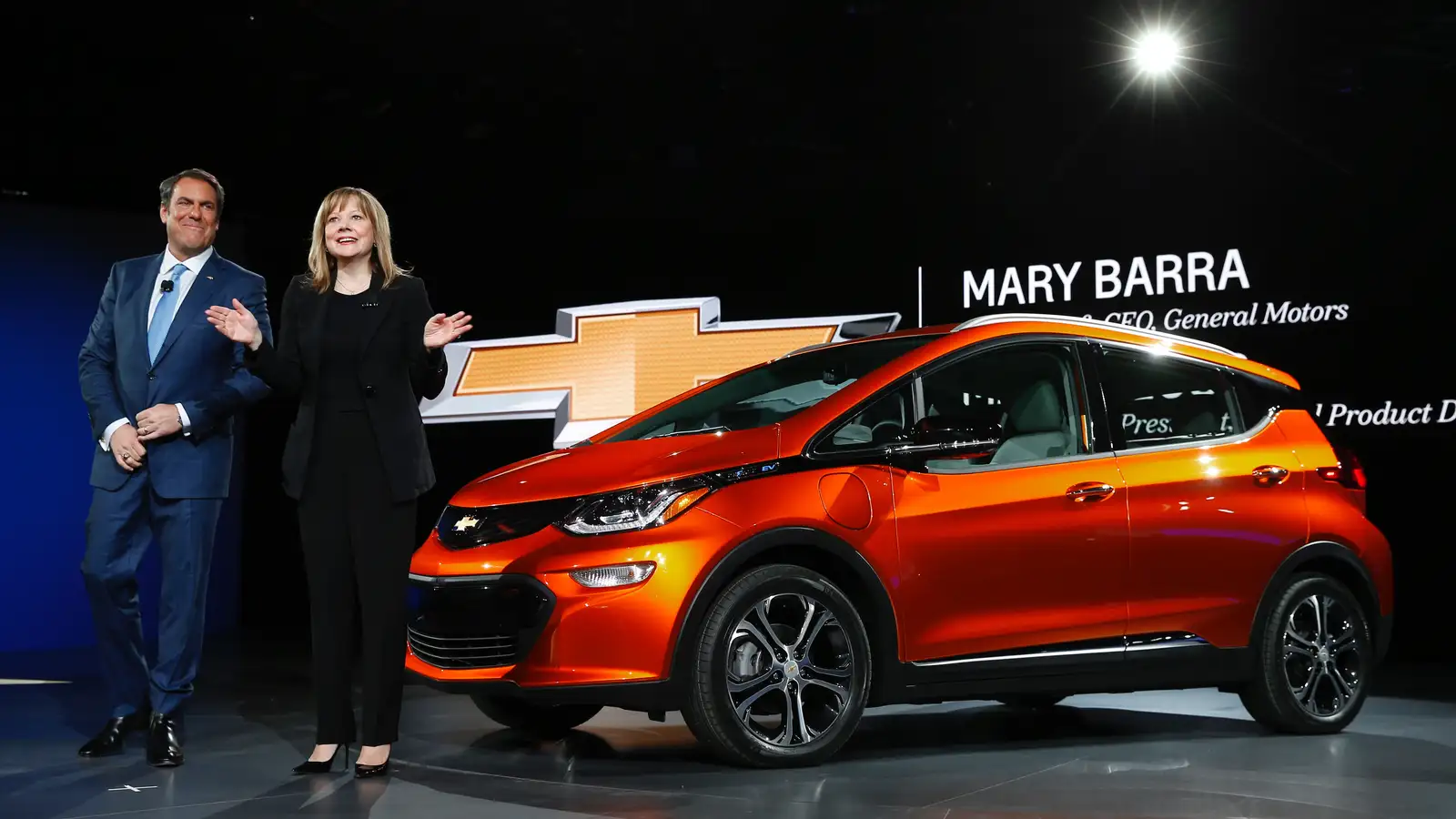General Motors announced today (Mar. 11) that it’s buying Cruise, a startup that develops self-driving technologies for cars. GM said in a release Cruise will help the automaker “accelerate autonomous vehicle development,” as it looks to catch up with Silicon Valley and other car companies that have already invested heavily in self-driving cars.
In January, GM invested $500 million in Lyft, and will work with the ride-hailing company to develop a fleet of self-driving cars. It also purchased the remnants of another ride-hailing service, Sidecar, to set up its own service, initially in Ann Arbor, Michigan. Uber is also aggressively pursuing self-driving research, having set up a lab in Pittsburgh, with many researchers coming from the famed robotics lab at Carnegie Mellon University.
While GM’s interest in self-driving cars had seemed to revolve around a still-distant autonomous ride-sharing future, today’s announcement suggests the company is gearing up to more directly take on companies like Google, Tesla, Toyota, and Ford—all of which are in various stages of producing self-driving cars.
Cruise was working on building self-driving car “kits”—which cost $10,000 each—to retrofit normal cars and turn them into autonomous vehicles, according to Re/code. The startup, which had raised nearly $19 million in funding to date, will be allowed to operate, er, autonomously within GM. The company didn’t provide any details on how exactly Cruise will aid its self-driving research, but GM president Dan Ammann told Re/code the acquisition “will significantly accelerate the timeline for bringing autonomous vehicles to market.”
Google has a few dozen modified Lexus SUVs and homemade cars driving themselves around streets in Silicon Valley, Austin, Texas, and in Washington state. To date, they’ve driven nearly 1.5 million miles autonomously, according to a report Google released in February. Tesla recently introduced a feature called “autopilot” that allows its Model S cars to steer themselves and change lanes on the highway, as well as parallel park themselves. Tesla CEO Elon Musk has said he wants his cars to completely drive themselves in the next two years.
Longstanding car makers have also made strides into autonomous tech: Ford has a fleet of self-driving Fusion cars on the road in Michigan that can drive themselves even in tricky conditions like snow and rain, and Toyota recently pledged $1 billion to its new research lab for autonomous vehicles and robotics. Ford CEO Mark Fields previously told Quartz that someone, Ford or otherwise, will have a completely self-driving car on the road in the next four years, although the head of Toyota’s research lab, Gill Pratt, told Quartz that there are still a lot of problems that autonomous cars need to overcome, beyond just technical hurdles, before we’ll see them on the streets.
GM’s acquisition signals that it’s seen the writing on the wall about where the car industry is headed, and it’s moving out of the slow lane. “Fully autonomous vehicles can bring our customers enormous benefits in terms of greater convenience, lower cost and improved safety for their daily mobility needs,” said Amman said in a release. “They have a singular goal, to be the first and best providers of self driving vehicles, and they just got a step closer,” Nabeel Hyatt, a partner at Spark, one of the venture capital firms that invested in Cruise, said of GM on Medium. Now it just remains to be seen whether Cruise will be what GM needs to keep up with its self-driving competition.
